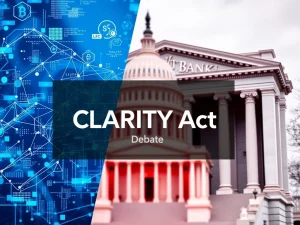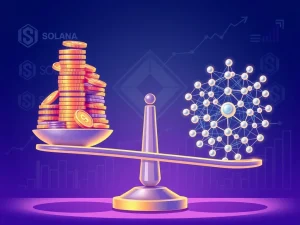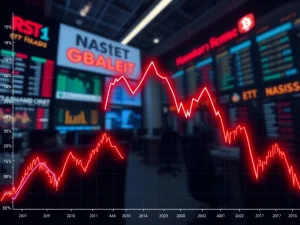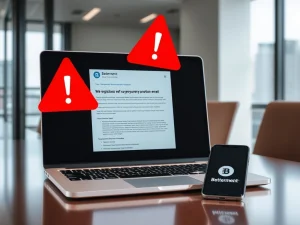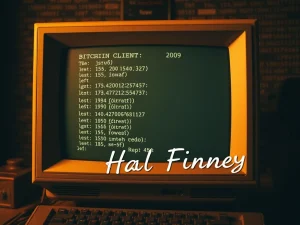World Liberty Financial Unleashes **Strategic** WLFI Token Burn Amidst Price Plunge
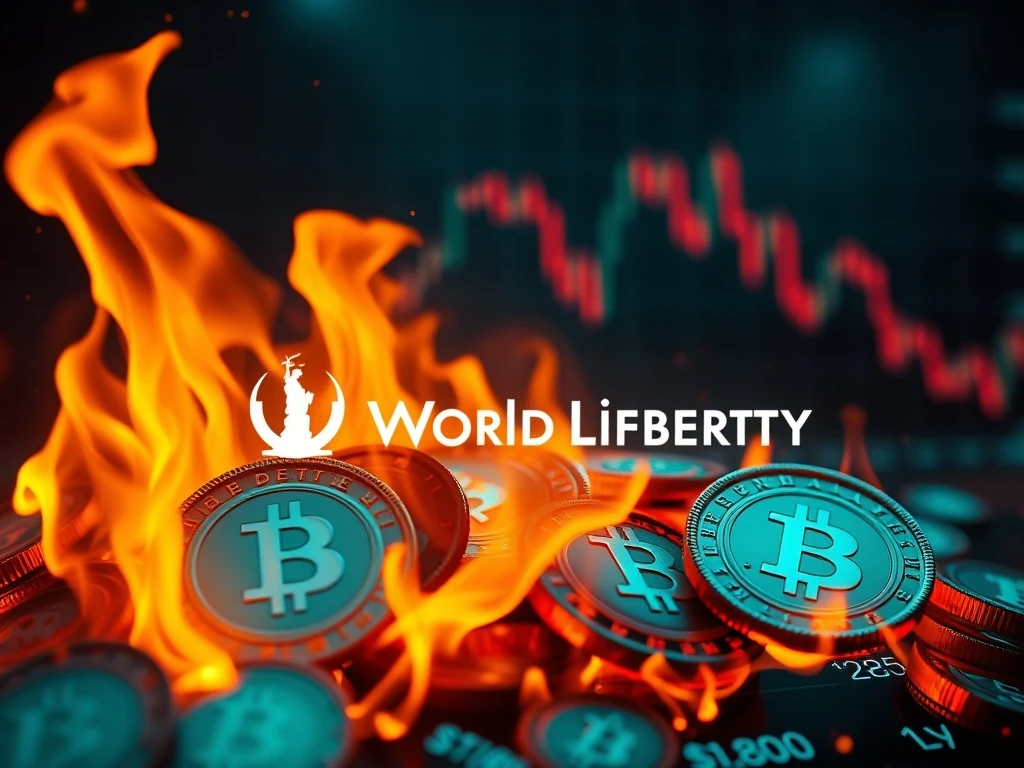
The volatile **digital asset market** often sees projects employ various strategies to maintain stability. In a significant move, **World Liberty Financial** (WLFI) recently executed a substantial **WLFI token burn**, aiming to counteract a persistent **crypto price decline** that has plagued its asset since its public launch. This decisive action underscores the ongoing challenges and innovative solutions within the cryptocurrency space.
Understanding the WLFI Token Burn Initiative
World Liberty Financial has taken a bold step. The platform initiated a significant **WLFI token burn** to address its cryptocurrency’s ongoing price slide. This measure came after the token began public trading on Monday, experiencing immediate downward pressure. A total of 47 million WLFI tokens were permanently removed from circulation. Onchain data, initially reported by Lookonchain, confirmed this event on Wednesday. This strategic reduction in supply aims to theoretically boost the value of remaining tokens, a common practice in the blockchain sector.
The token’s journey began with a brief peak of $0.331. However, it quickly entered a **crypto price decline**, dropping to just over 23 cents. This represented a 3.8% fall in a single day and a more than 31% decrease from its opening high. Early investors, who were allowed to sell their holdings, contributed to the initial selling pressure. Consequently, the team behind World Liberty Financial moved to implement a **tokenomics strategy** designed to stabilize its market position.
Details of the World Liberty Financial Tokenomics Strategy
The recent **WLFI token burn** involved a notable, though fractional, portion of its total supply. CoinMarketCap data indicates approximately 24.66 billion tokens, or just over 25% of WLFI’s original 100 billion supply, have been unlocked so far. The 47 million tokens burned represent about 0.19% of this circulating supply. Etherscan records confirm the tokens were sent to a burn wallet on September 2nd, effectively reducing the total supply to just over 99.95 billion.
Beyond this initial burn, World Liberty Financial proposed a more extensive **tokenomics strategy**. On Tuesday, the team put forward a proposal for a token buyback and burn program. This initiative would utilize protocol-owned liquidity fees. The stated goals of this program are clear:
- To increase the relative ownership percentage for committed long-term holders.
- To remove tokens held by participants not dedicated to WLFI’s long-term growth.
- To drive up scarcity and, consequently, the token’s price.
The community’s response to this proposal has been largely positive. A majority of 133 respondents have voiced their approval, with an official vote pending. This indicates a strong desire among holders to see the **crypto price decline** reversed and stability restored.
Expert Perspectives on the Digital Asset Market and WLFI
The launch and subsequent challenges faced by the **World Liberty Financial** token have drawn attention from industry experts. Kevin Rusher, founder of real-world asset borrowing and lending ecosystem RAAC, shared his concerns. He believes the hype surrounding WLFI highlights the crypto market’s struggle to mature. Rusher argues that genuine longevity in the ecosystem hinges on institutional adoption, not on ‘celebrity tokens’ or short-term speculation.
Rusher emphasized a critical point: “The concern, however, is that such blatantly speculative trading continues to damage trust in crypto, and that’s the opposite of what is required to build a truly resilient, long-term financial system.” This sentiment underscores the broader impact of volatile launches on the perception of the entire **digital asset market**. Trust remains a cornerstone for mainstream acceptance and sustained growth.
Furthermore, Mangirdas Ptašinskas, head of marketing and community at Web3 identity and rewards platform Galxe, noted another significant issue. He observed that the token’s launch sent Ethereum gas fees “into the stratosphere.” Ptašinskas views this as a stark warning to developers. He stated, “If a spike in trading can suddenly push fees on a $200 transfer to $50, there is still work required to prepare the crypto ecosystem for the mainstream adoption that is undoubtedly coming.” Such infrastructure limitations can hinder broader adoption, even for projects with robust **tokenomics strategy** plans.
The Broader Implications of Crypto Price Decline
The situation with the **WLFI token burn** and its associated price movements offers valuable lessons for the entire **digital asset market**. It highlights several key challenges:
- Market Volatility: New token launches are inherently risky, often experiencing significant price swings due to speculation and early investor sell-offs.
- Investor Trust: Projects linked to public figures, while generating hype, must navigate increased scrutiny regarding their fundamental value proposition.
- Scalability Concerns: High network fees during peak activity demonstrate that underlying blockchain infrastructure still requires substantial improvements for widespread use.
Ultimately, the success of a **tokenomics strategy** like the proposed buyback and burn depends on several factors. These include sustained community support, effective execution, and the project’s ability to demonstrate real-world utility beyond speculative trading. The market will closely watch whether World Liberty Financial can reverse its **crypto price decline** and build a stable, long-term ecosystem.
Navigating the Future: World Liberty Financial and the Digital Asset Market
The proactive steps taken by **World Liberty Financial**, particularly the recent **WLFI token burn** and the proposed buyback program, reflect a concerted effort to manage market dynamics. These actions are a direct response to the early **crypto price decline** experienced by the token. However, the path to long-term stability and growth in the competitive **digital asset market** is complex.
Projects like World Liberty Financial must continuously innovate and adapt their **tokenomics strategy** to foster genuine utility and attract committed holders. While token burns can create scarcity, they are often just one component of a broader strategy needed to build a resilient financial system. The insights from industry experts underscore the need for foundational improvements in scalability and a shift away from purely speculative ventures towards those offering tangible value. The journey for WLFI, like many digital assets, will be a test of its ability to evolve and meet the demands of a maturing crypto landscape.


